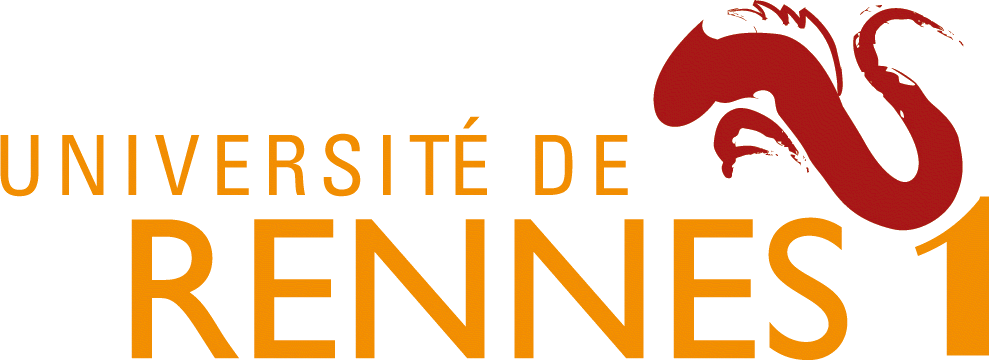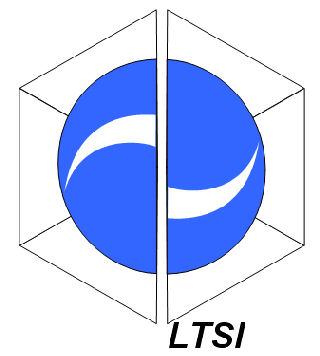News
Members
Publications
Software / Data
Job offers
Images / Videos
Collaborations
Conferences
Lab meetings: "Les partages de midi"
Practical information
Members Area
Next conferences we are in …


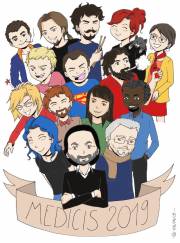
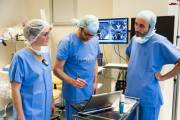
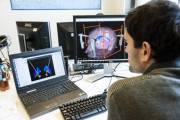
This work addresses the development of a computer system called Image and Radiation Dose BioBank (IRDBB) designed to manage image and dosimetric data in an integrated way. This development is exemplary of the strategy promoted by our team for implementing imaging biobanks in the future. This strategy puts emphasis on adhering to the F.A.I.R. principles, i.e. making sure that the shared data is: Findable, Accessible, Interoperable and Reusable. This strategy recommends using the semantic web technologies (ontologies) to ensure the precise definition of shared information, and the use of standards (among which the DICOM Standard).
Our contribution to the development of the IRDBB system concerns the development of a semantic database implemented as a Resource Description Framework (RDF) graph aligned onto an application ontology called OntoMEDIRAD, that specifies the semantics of any information within this database.
The IRDBB system was designed to fulfil the needs of the researchers involved in the MEDIRAD project. Both the IRDBB system and the OntoMEDIRAD ontology were developed with an objective of extensibility and reusability in the context of similar projects. The choice of an ontology-based approach aims eventually at facilitating the access to MEDIRAD research data to a wide community of researchers interested in low dose research, e.g. via federated systems.
The overall architecture of the IRDBB system is shown in Fig. 1.
The major components are:
This ontology was developed iteratively between 2017 and 2020. It aims at addressing the needs expressed by the MEDIRAD participants in their answers to the questionnaire sent in October 2017 (User needs and competency questions concerning the IRDBB repository). The ontology is organized as a set of files represented in OWL, the Web Ontology Language (Fig. 2).
The ontology was designed as an application ontology gathering all entities and relationships involved. The general modelling approach was a realist one, i.e. trying to refer to entities existing in reality. Of course, we reused as much as possible existing ontological resources. Therefore, we adopted an organization in modules, in which the root application ontology (called OntoMEDIRAD) imports several extracts of existing ontologies. These extracts, e.g. from the Foundational Model of Anatomy, the Units Ontology (UO), the Phenotype and Trait Ontology (PATO) were generated using the OntoFox tool, based on the MIREOT model. The overall integration of these disparate ingredients relied on the common philosophical ground provided by the Basic Formal Ontology (BFO version 23).
Fig. 3 shows an extract of the OntoMEDIRAD ontology.
The OntoMEDIRAD ontology can be freely download and reused:OntoMEDIRAD Files. The paper to be cited in reference is the AMIA 2020 paper (see below).
The Semantic database is an RDF graph containing RDF assertions that document the nature and provenance of all the data shared in the MEDIRAD IRDBB repository, i.e. DICOM or non-DICOM data.
The DICOM data concern:
The non-DICOM data concern principally:
The Semantic database is populated by the Semantic Translator, this processing is completed during the importation of the data files into the IRDBB system. The Semantic database is supported by the Stardog Triple store.
The Semantic database can be queried through the IRDBB_UI web interface. Two ways are proposed:
This software was designed by Marine Brenet. It is implemented as a set of services, called by IRDBB_UI or KHEOPS. The main services concern the creation of the RDF assertions describing the nature and provenance of the DICOM and non-DICOM data, and the management of predefined SPARQL queries. For DICOM data, the Semantic translator translates into RDF the key DICOM metadata. For non-DICOM data, the relevant provenance metadata are provided in an XML file (non-DICOM File set descriptor) that is part of the non-DICOM File set to be imported.
This work was supported by the European Commission as part of the MEDIRAD project (Number 755523) in the Horizon 2020 Program (EURATOM NFRP-2016-2017).

